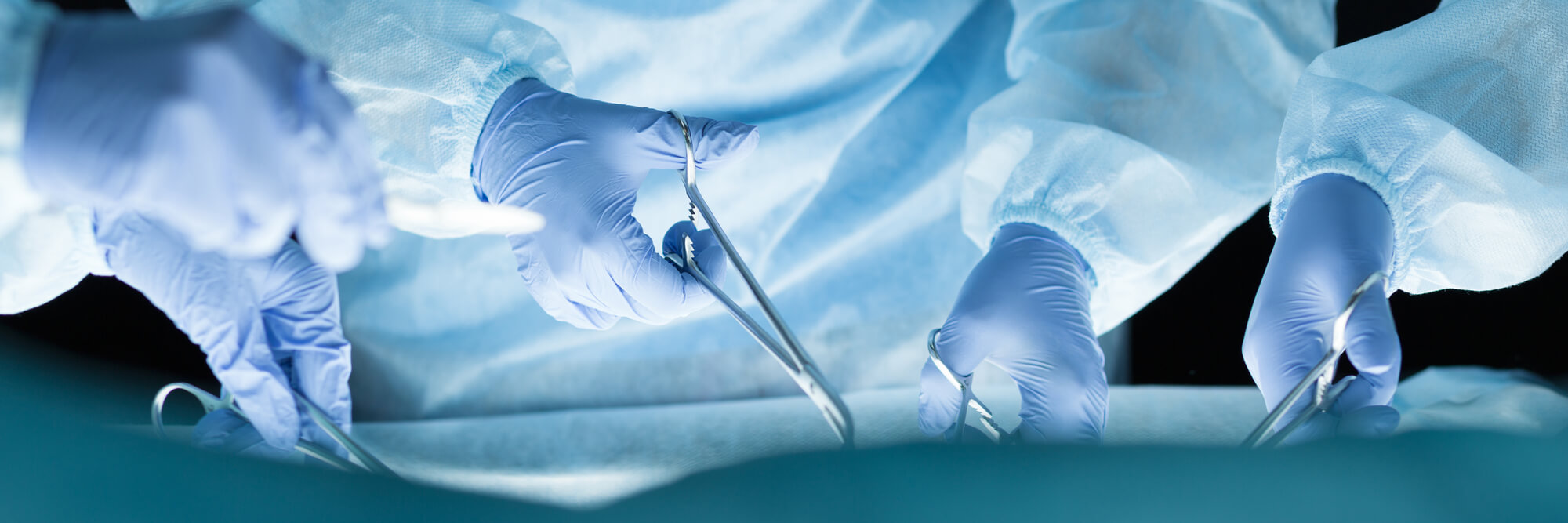
26 Apr Point-of-Use Instrument Cleaning and Transport
The number of outpatient surgical procedures in the U.S. is expected to climb to 144 million per year by 2023. Additionally, more than 48 million inpatient surgical procedures are performed in hospitals annually. The tremendous growth in surgical cases leaves room for infections if hospitals and surgery centers are not carefully following instrument cleaning and transport recommendations set forth by the Centers For Disease Control and Prevention (CDC) and The Association for the Advancement of Medical Instrumentation® (AAMI).
Surgical instruments and reusable devices are a considerable investment for hospitals. According to the National Library of Medicine, prompt cleaning and repackaging of surgical instruments resulted in cost savings that helped the medical facility’s bottom line. Keeping instruments in functional and safe working condition should be everyone’s top priority.
Previously, we’ve talked about what your sterile processing department wishes your surgeon knew, and we’ve discussed the cleaning and transport of dental instruments. Today, we will address point-of-use instrument cleaning and transportation to protect surgical instruments and patients from infectious pathogens.
Operational Lifespan of Surgical Instruments
When a hospital receives a surgical instrument or device for the first time, they are advised to inspect it immediately to ensure that it did not incur any damage in the delivery process. Inspection is also an important step along the instrument lifecycle. Following proper care and handling, including cleaning, decontamination and sterilization, according to the manufacturer’s instructions is essential. The correct care and handling includes:
- Point-of-use cleaning (precleaning)
- Appropriate transportation
- Rinsing and manual washing
- Automated washing (e.g., instrument washer and/or ultrasonic cleaning)
- Inspecting and testing
- Lubrication if indicated by the manufacturer
- Packaging
- Sterilization
One of the steps in the manufacturing process is known as passivation, which provides the instrument with anti-corrosion properties. That being said, stainless steel does have several weaknesses and can become damaged through incorrect care and use.
Point-of-Use Cleaning and Care
If you work in a controlled surgical setting, it’s necessary to understand how the instruments are cared for before, during, and after a procedure. Today, we will focus on one step in the process called point-of-use cleaning or precleaning. Point-of-use cleaning enables the device to remain clean during the procedure. This step is crucial and should be included in the manufacturer’s instructions for use (IFUs).
Point-of-use cleaning allows the instrument to remain free of blood and debris and inhibits biofilm or bioburden from building up on the tool. Biofilm can start to form within minutes, so instruments should be wiped off or rinsed with sterile water periodically throughout the procedure. Lumened instruments should be flushed as much as practical during the procedure and immediately after the procedure.
At the conclusion of the procedure, discard disposable items such as scalpel blades and suture needles, and sponges. Prior to transport, be sure to discard all liquids in accordance with local, state, and federal laws.
Note: The overuse of saline or needless soaking of instruments in any liquid (water or saline) can, over time, result in the pitting on the surface of surgical instruments. Signs of pitting must be dealt with immediately by a qualified repair technician.
Transporting Instruments
How instruments are transported to the Sterile Processing Department (SPD) is vital. Often, we notice instruments piled in a medical basin or an instrument pan, with sharp tips haphazardly sticking out of the holes.
When placing devices in trays, a good practice is to separate clean and dirty instruments and divide heavy items from delicate. Place light or delicate instruments on top of heavier instruments.
Contaminated instruments must be transported in a rigid, puncture proof, leak proof container to the sterile processing area. Alternatively, an enclosed cart may be used to transport instruments to the decontamination area. The Occupational Safety Health Administration (OSHA) blood borne pathogen standard contains the requirements for transporting contaminated sharps. In addition to either transporting contaminated instruments in a rigid leak proof container or an enclosed cart, the container or cart must contain a biohazard symbol to identify the contents as contaminated.
Since hardened bioburden adds to the time needed to clean and decontaminate instruments, it is important to keep the instruments moist until they are cleaned. There are several methods to keep instruments moist during transport such as covering the instruments with a wet towel. Another method is to use a commercial product developed to keep instruments moist and, in the case of enzymatic sprays or gels, break down the blood and debris on the instruments prior to cleaning. While using a wet towel over the instruments is an inexpensive alternative, be aware that the towel may dry out before the instruments can be decontaminated. Therefore, if using a wet towel, be sure it is checked and remoistened as needed until the decontamination area is ready for those instruments. Look at the label contents of commercial instrument transport agents to determine how to use the product and how long the product should keep the instruments moist without reapplication. Consider your circumstances and the average amount of time that instruments must sit before being cleaned to choose a product that will work best for your facility.
Conclusion
It is important to properly clean and transport surgical instruments to avoid surgical site infections in any setting. If you feel your instrument processing protocol may not be based on the latest evidence, suspect your facility could be performing less than stellar instrument processing, or just want the reassurance that all steps are followed correctly, an experienced infection preventionist can perform a gap analysis and can educate staff to assist to meet the goal of prevent postoperative infections in your healthcare facility. Schedule an on-site assessment of your point-of-use and transport methods for expert advice.

